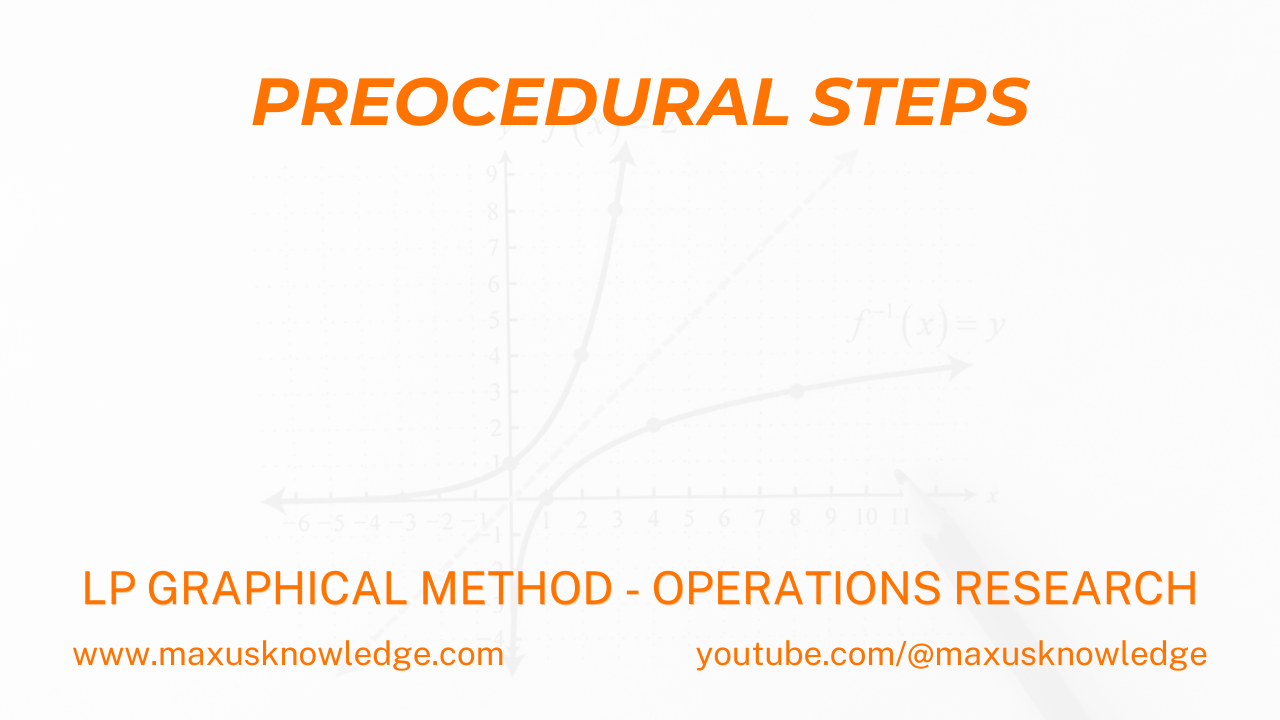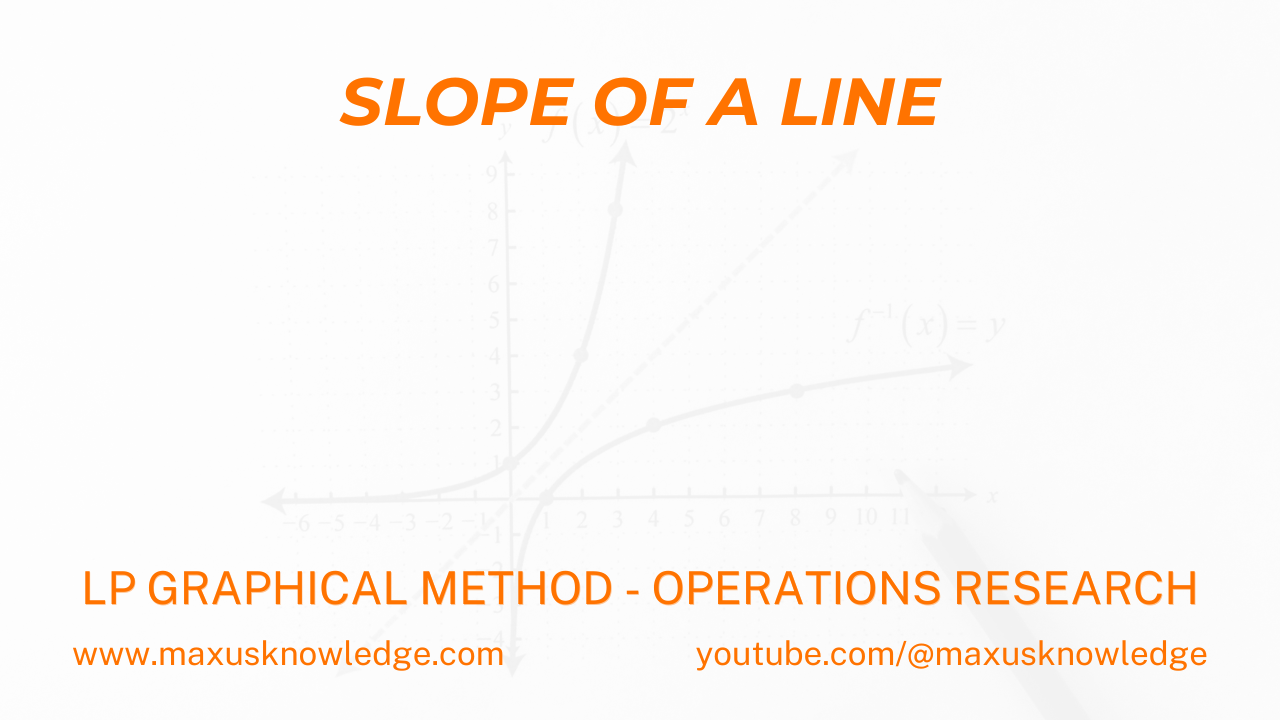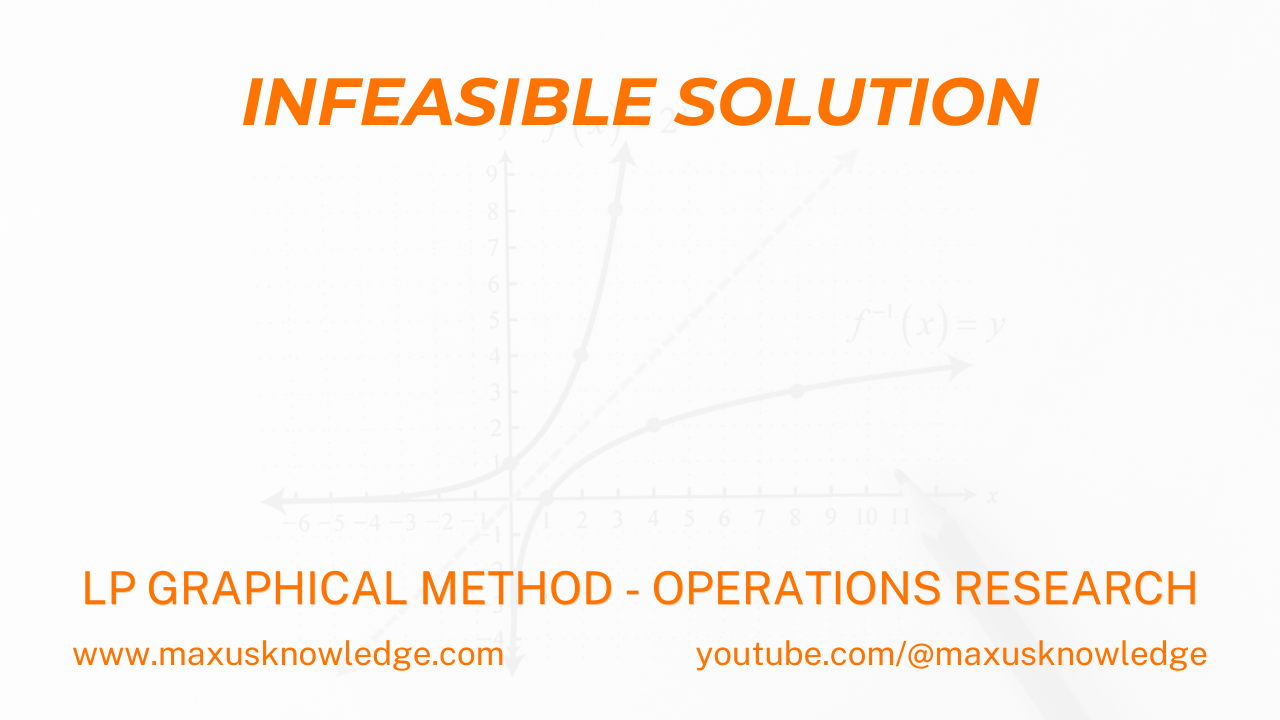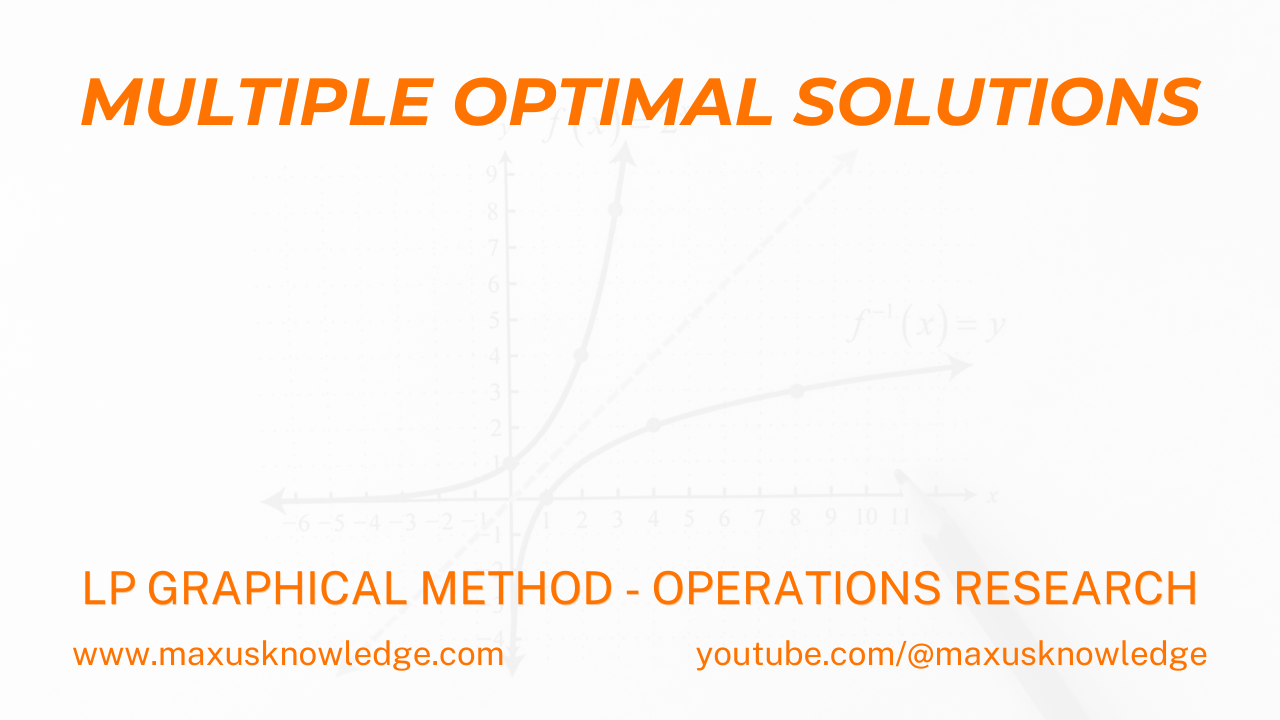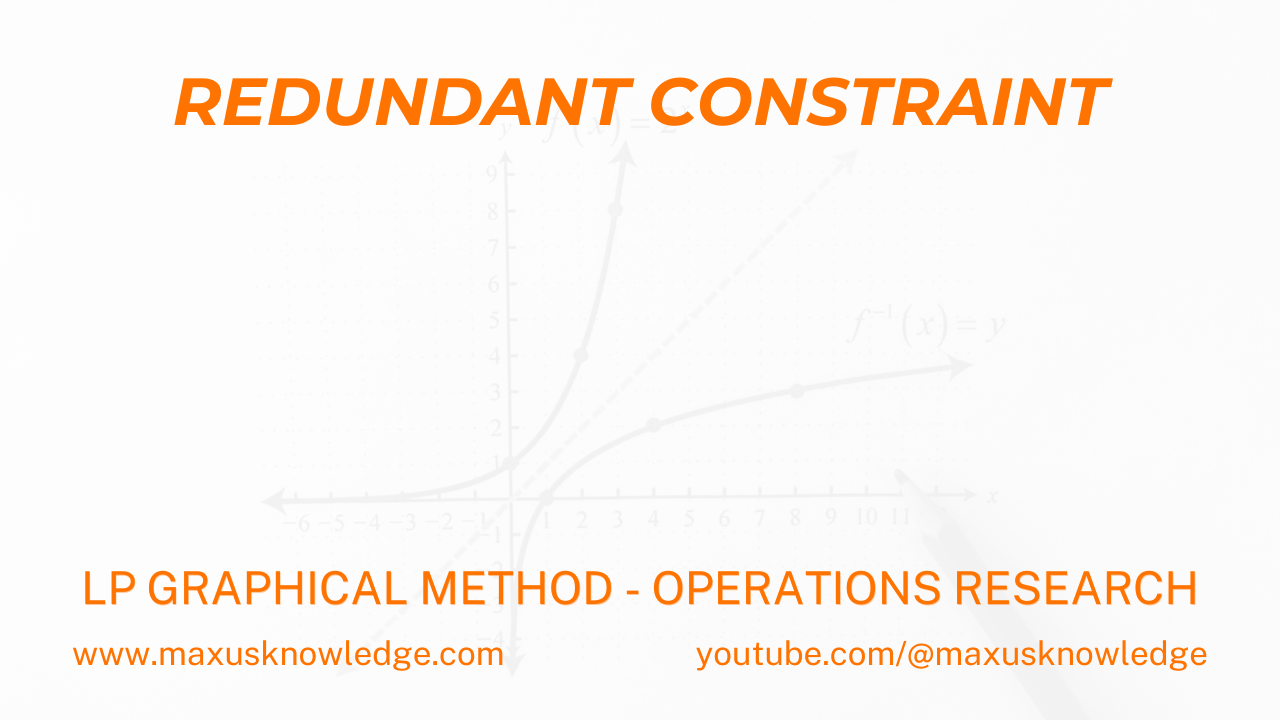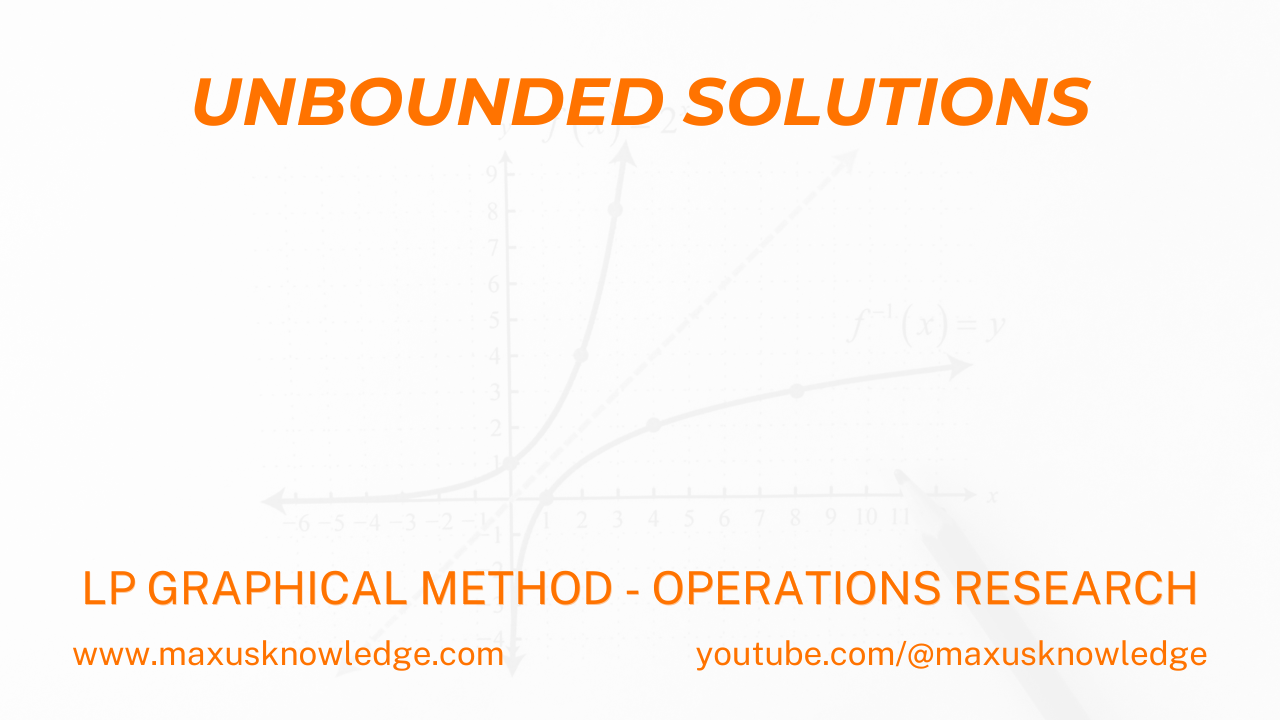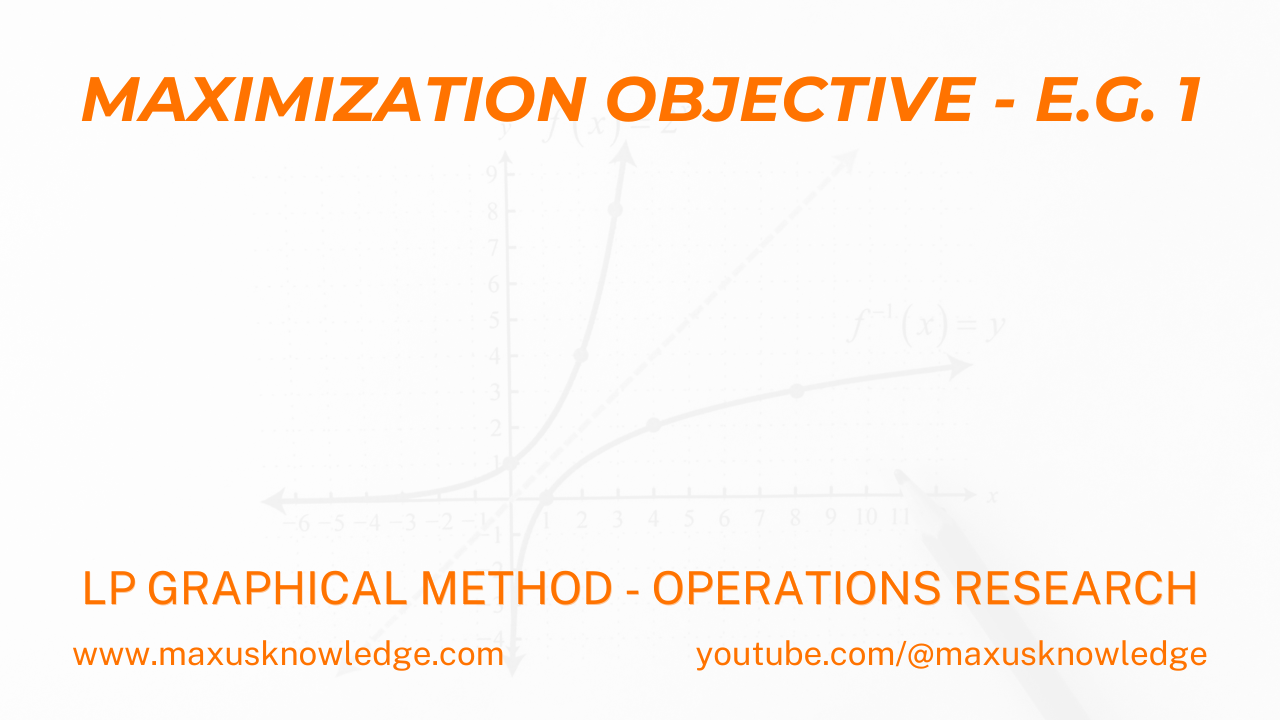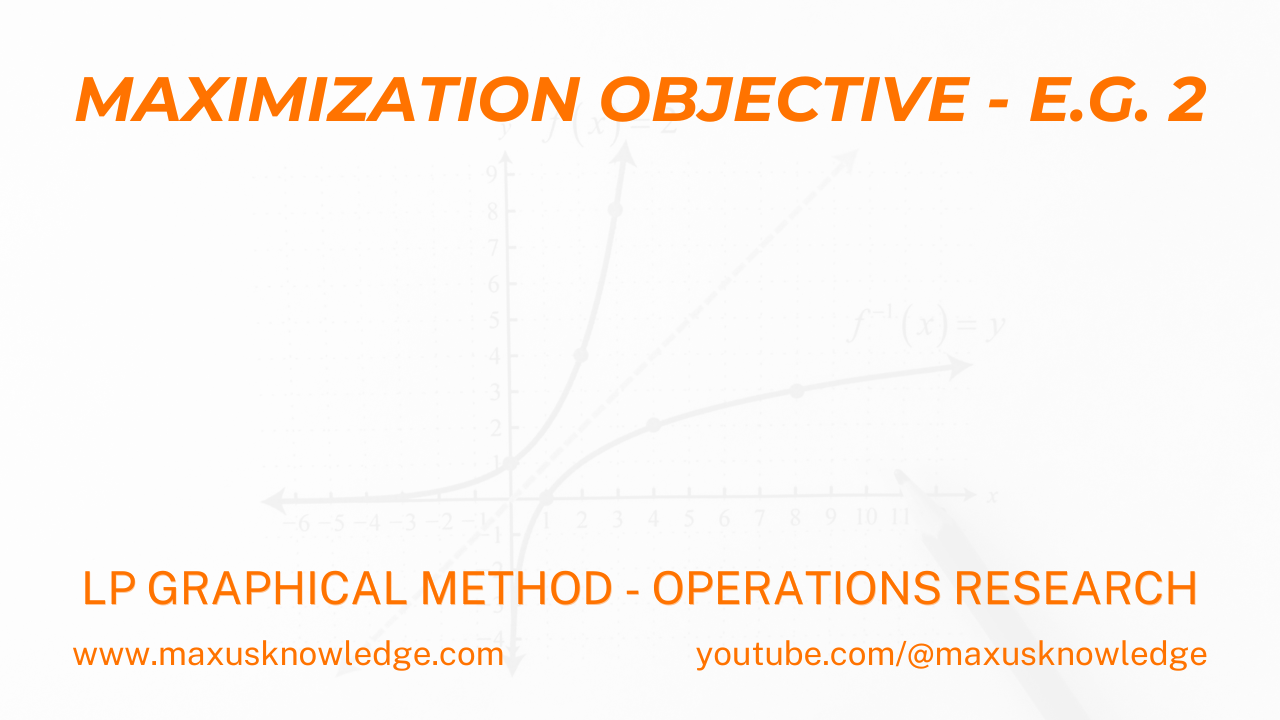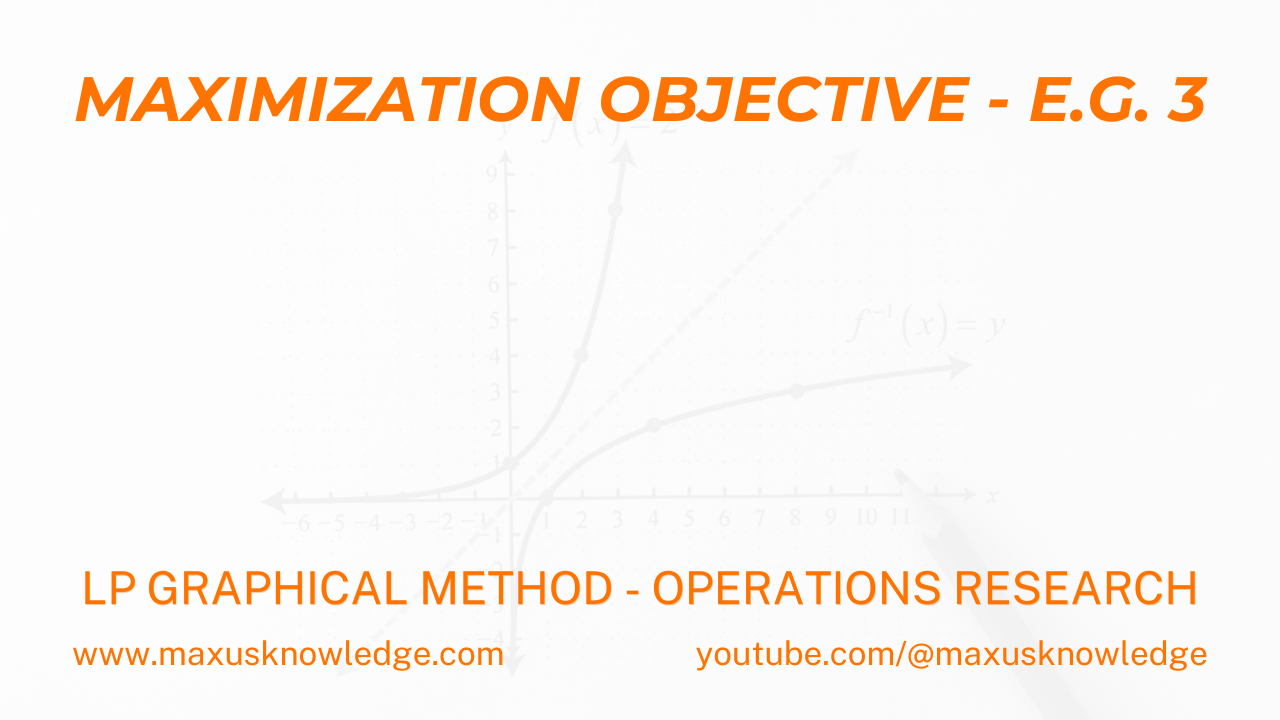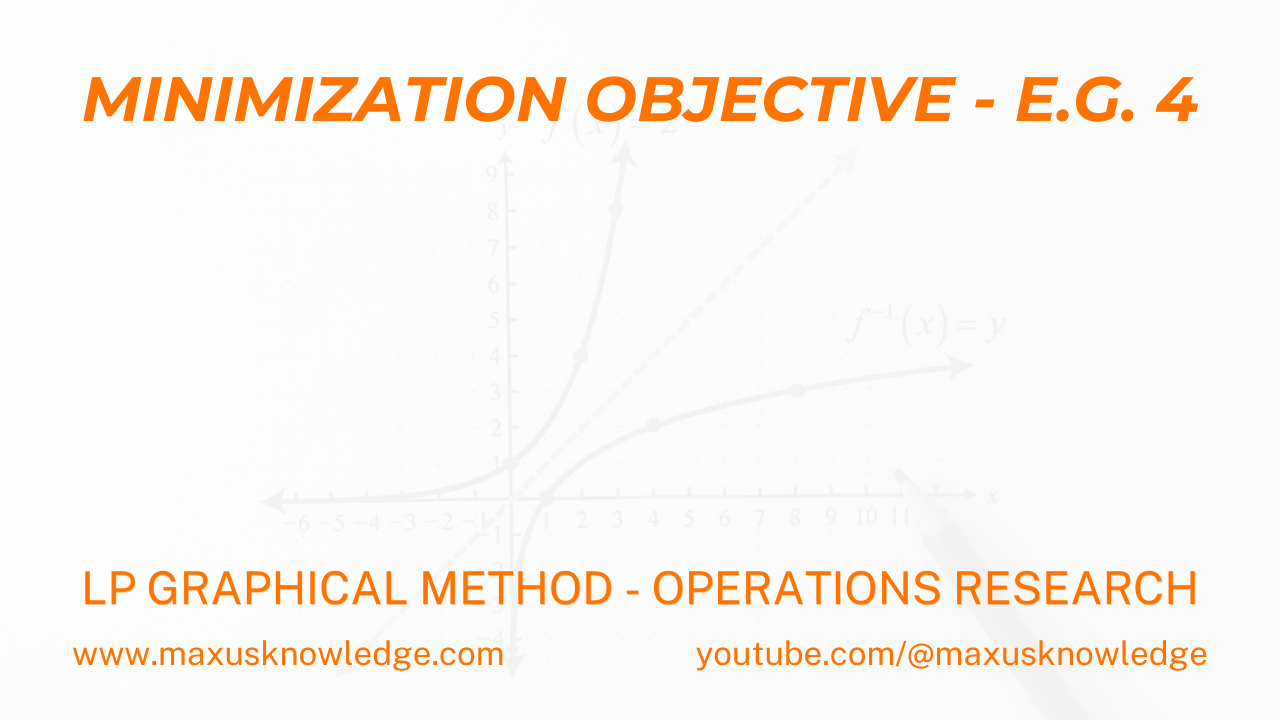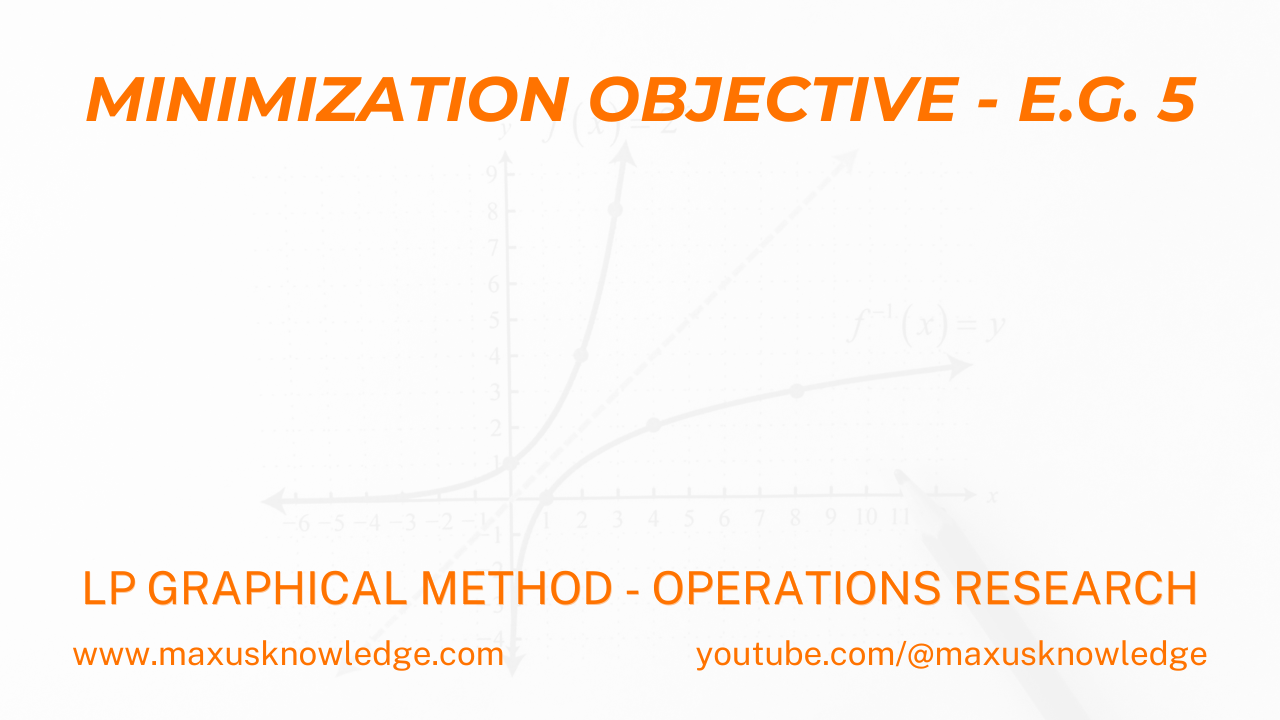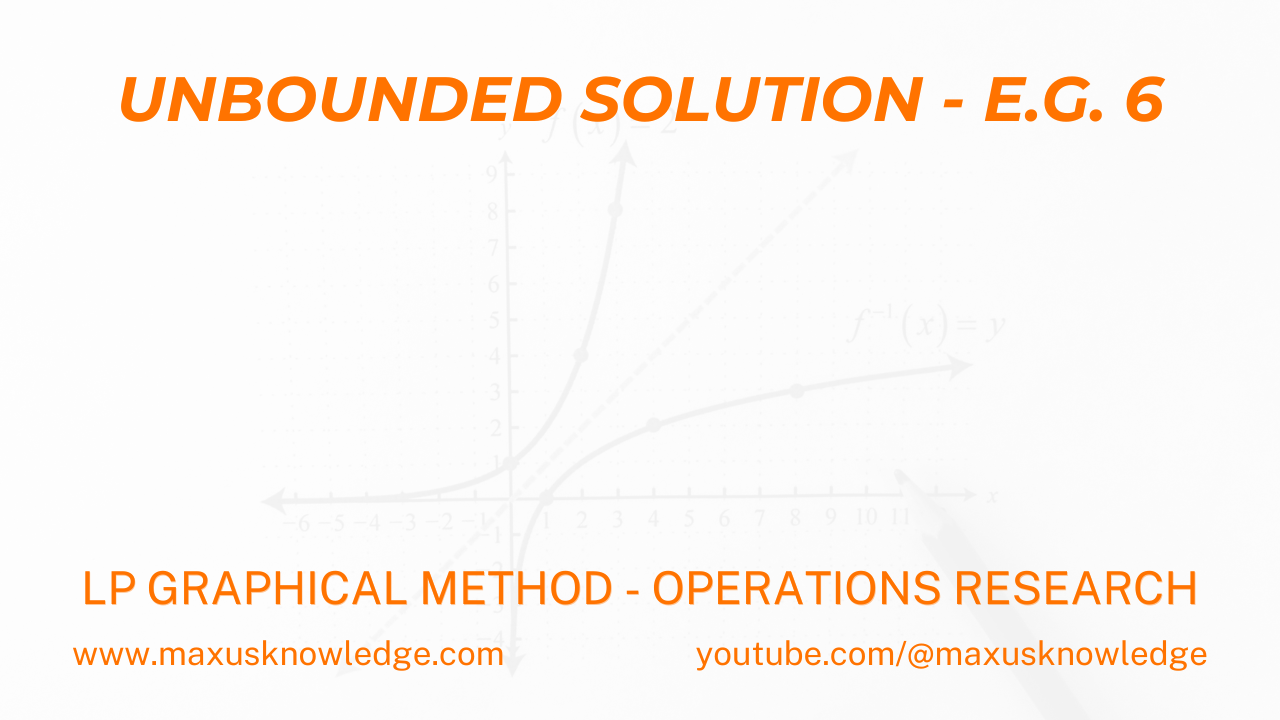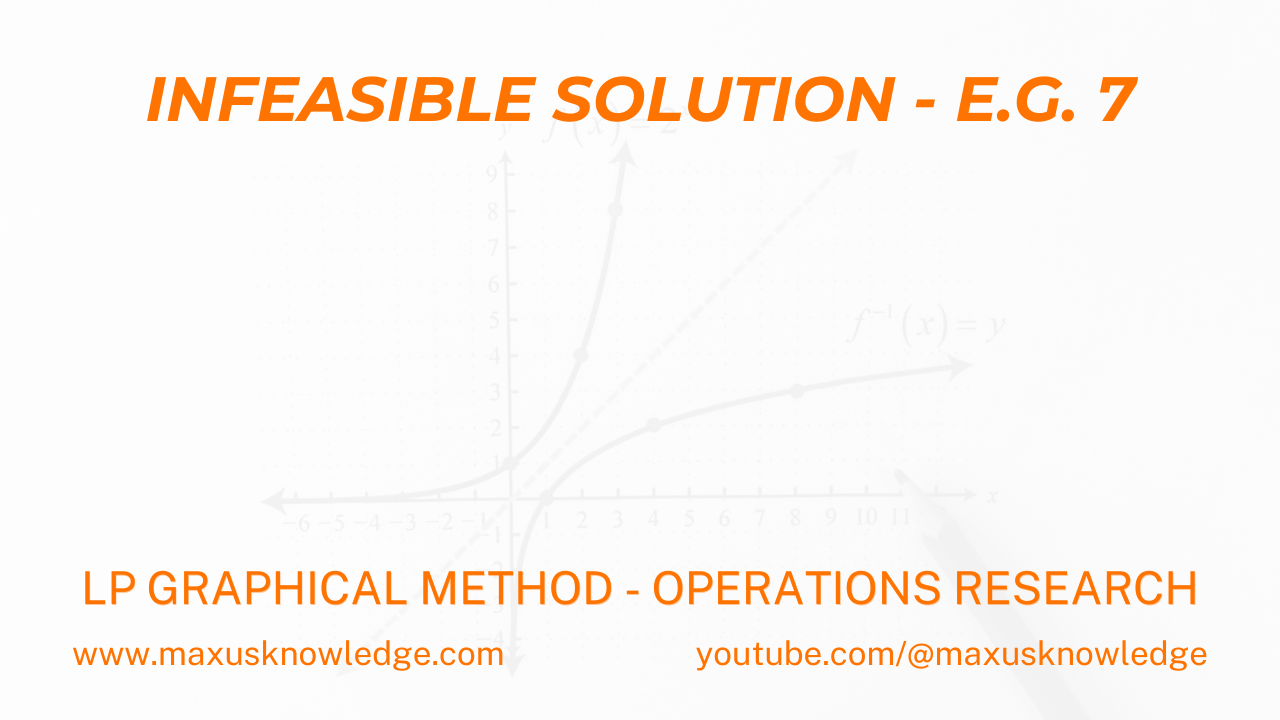What are the procedural steps in the LPP graphical method?
STEP1:
The first step is to identify the decision variables. These are generally denoted by x and y. For example, you could say x is equal to the quantity of product A and y is equal to the quantity of product B to be manufactured.
STEP 2:
The second step is to set up the equation of the objective function. Now the objective function could be either minimization or maximization. A simple example of an objective function could be to maximize profit and P = 25x + 20y. P is representing the profit, and we are trying to maximize it. x and y are the decision variables.
STEP 3:
The third step is to set up the equations for the constraints. These equations could be represented as 6x + 4y < or = 3600 or 2x + 4y < or = 2000.
STEP 4:
The next step is to identify the decision variables on the X and Y axes.
STEP 5:
The fifth step is to graph the constraints by reducing them to equality. So we have already identified two constraints in the above steps. Plotting them on the graph.
These two represent the equations of a straight line, and it is easy to plot them on the graph. Now to plot them on the graph, we need two points on the line where these lines would pass. From here, you will get the x and y intercepts for these two lines.
STEP 6:
Once you have plotted the graph of the constraints, the next step is to identify the feasible solution region. For instance, the first constraint was, 6x + 4y < or = 3600 and the next constraint was 2x + 4y < or = 2000. This line represents a sign to the region; one of the constraints would be the points on the line as well as the points below this line, so this area here represents the feasible solution region for the entire solution. So in this case, this area here represents the feasible solution region.
STEP 7:
So once we have identified the feasible solution region, the next step is to identify the optimal solution. There are two methods for this.
Corner point method: Identify coordinates of the corner points. Solve the objective function with each of the corner point values. Highest value implies maximization and lowest value of the objective function implies minimization.
Iso profit/ Iso cost method: Find slopes of the objective function and draw a family of parallel lines.
y = mx + c, where m = slope
P = 25x + 20y => y = (-5x/4) + (P/20)
Hence, -5/4 is the slope here.
Now we know the slope of this line, so we start drawing these lines in parallel to each other. These lines, in the case of a maximization objective, are known as the ISO profit lines. So every point on each of these lines will yield the same profit. Please note that each line will yield a different profit, but every point on the same line will yield the same profit. In the case of maximization, the farthest point from the origin in the feasible solution region that the ISO profit line touches is the point of optimal solution.
Now let’s take the case of minimization. In this case, once you have identified the feasible solution region and we know the slope of the objective function, we will start drawing the parallel lines representing the objective function, known as the ISO cost lines. In the case of minimization and ISO cost lines, as you keep drawing these parallel lines to each other, representing the objective function, every point on each of these lines represents the same cost. Since this is a minimization objective, the point that is nearest to the origin in the feasible solution region where the ISO cost line touches then represents the optimal solution.
- Identify the optimal solution points.
- Identify the coordinates of the optimal solution.
STEP 8: Calculate the total cost/ profit using the optimal solution

